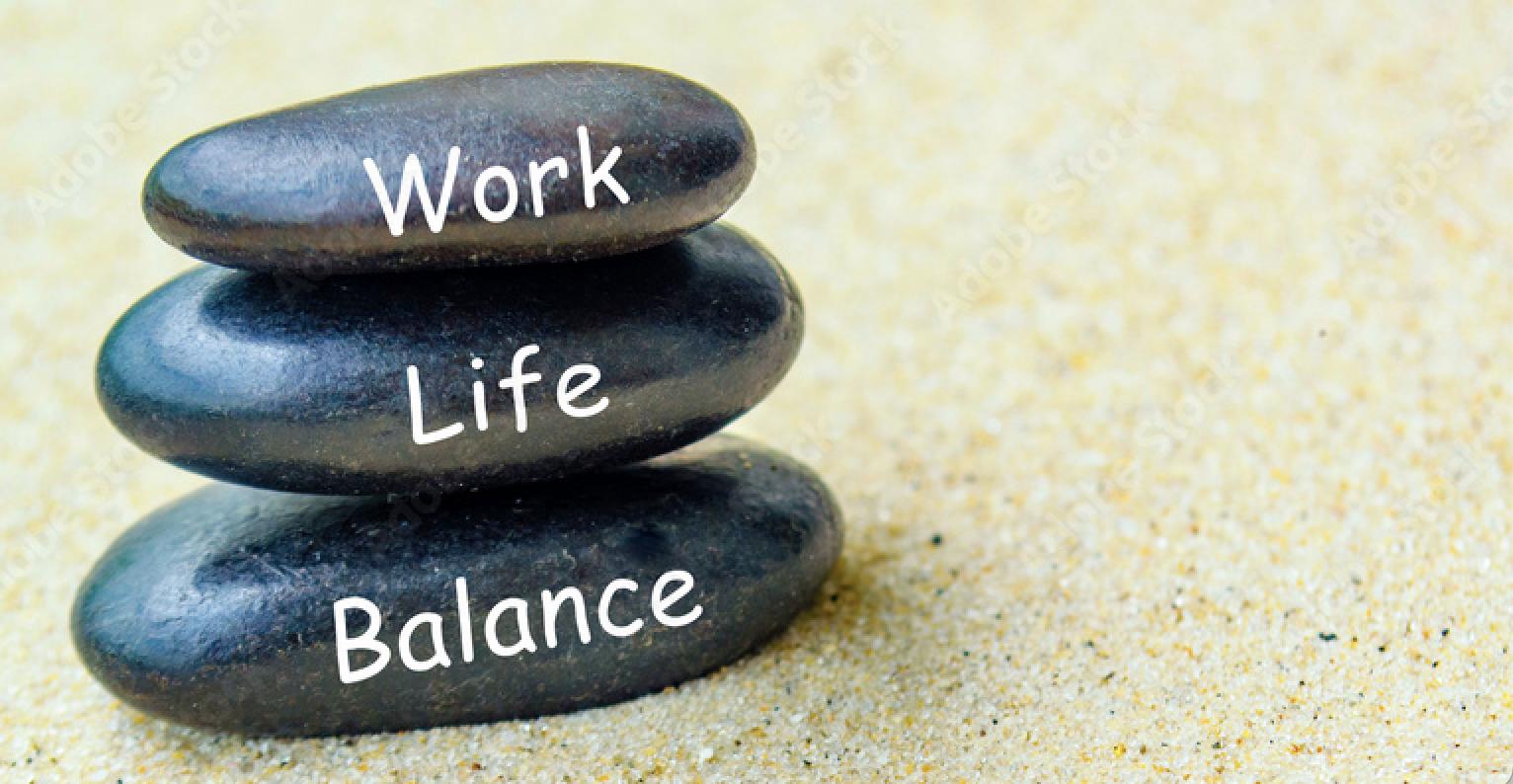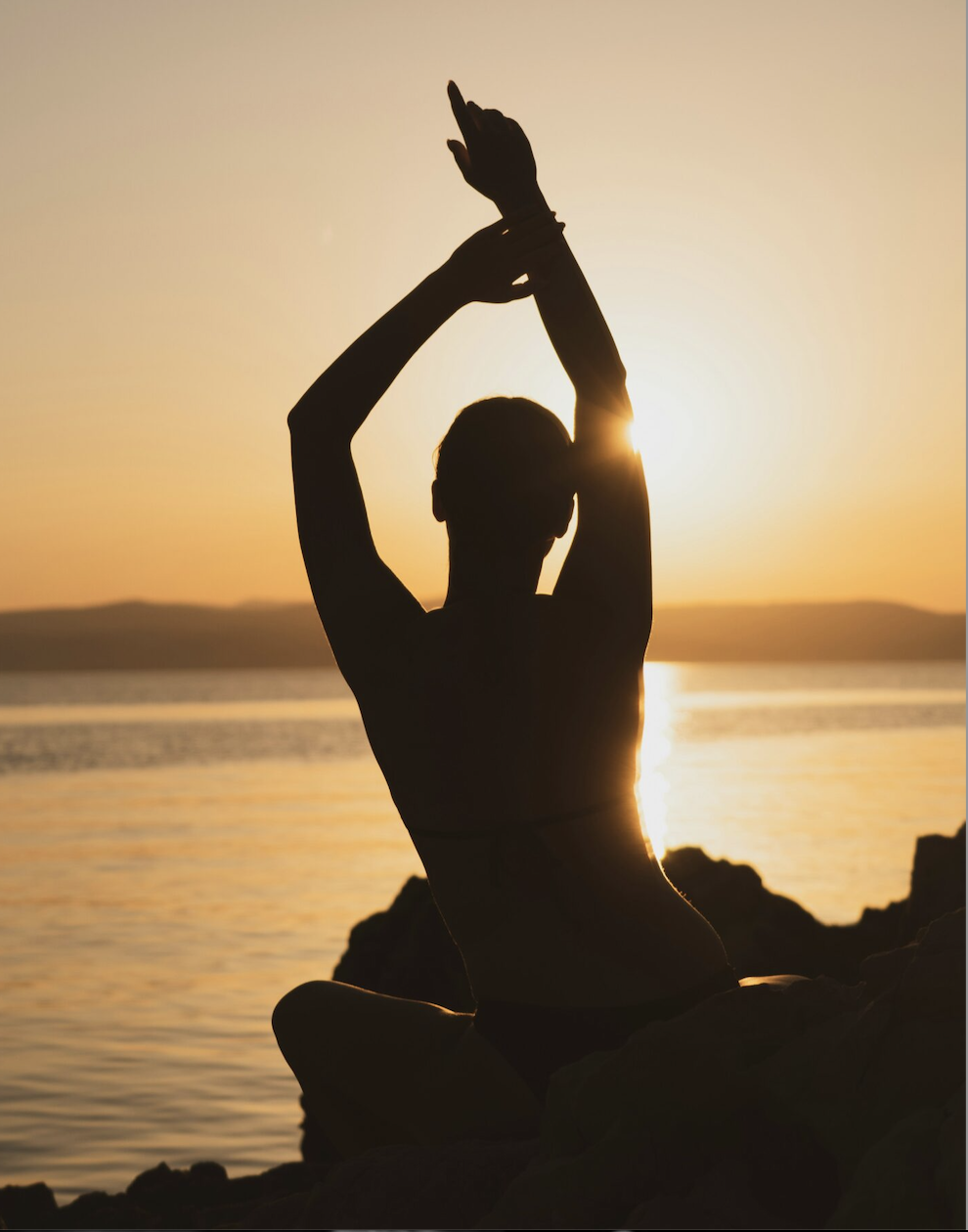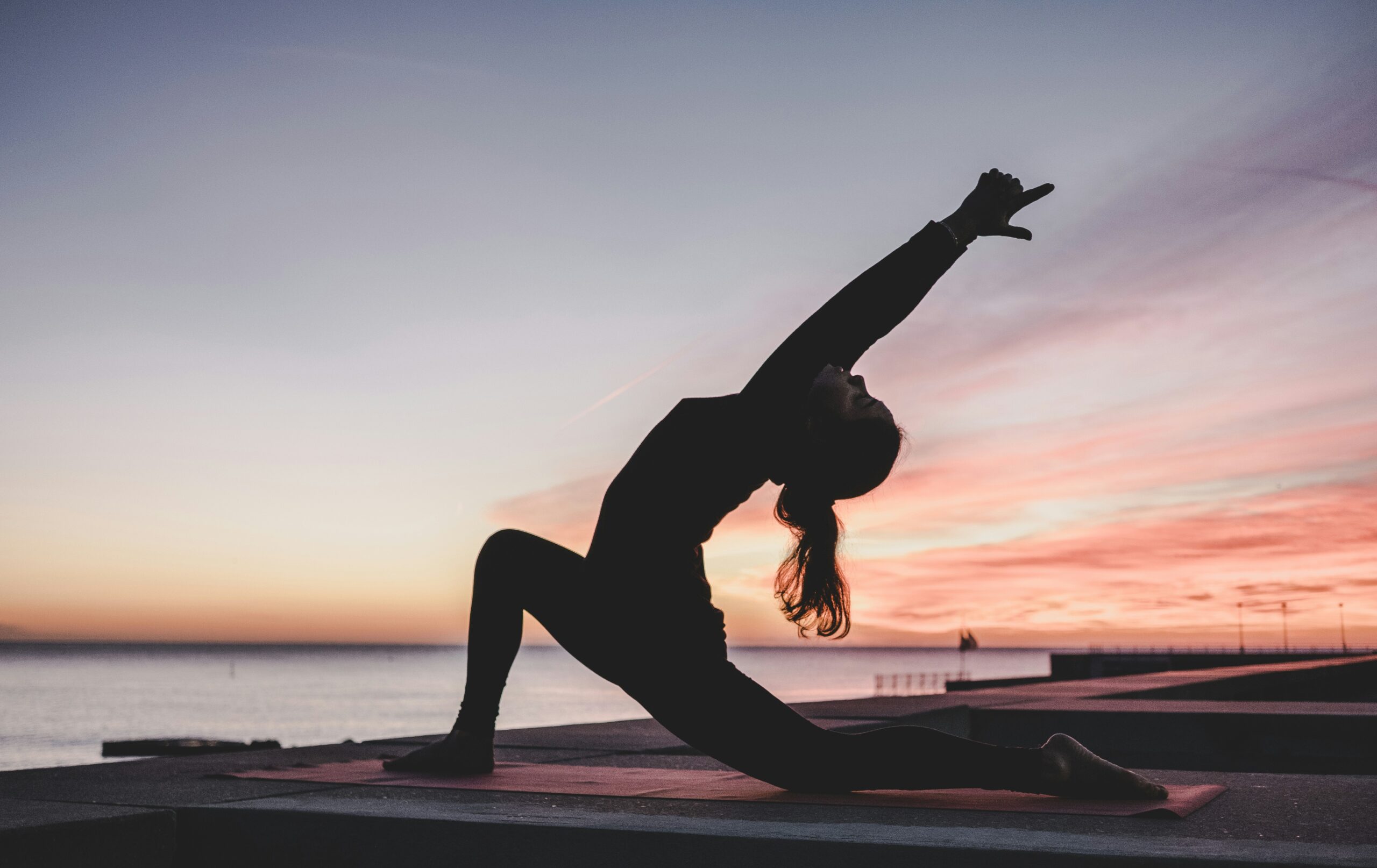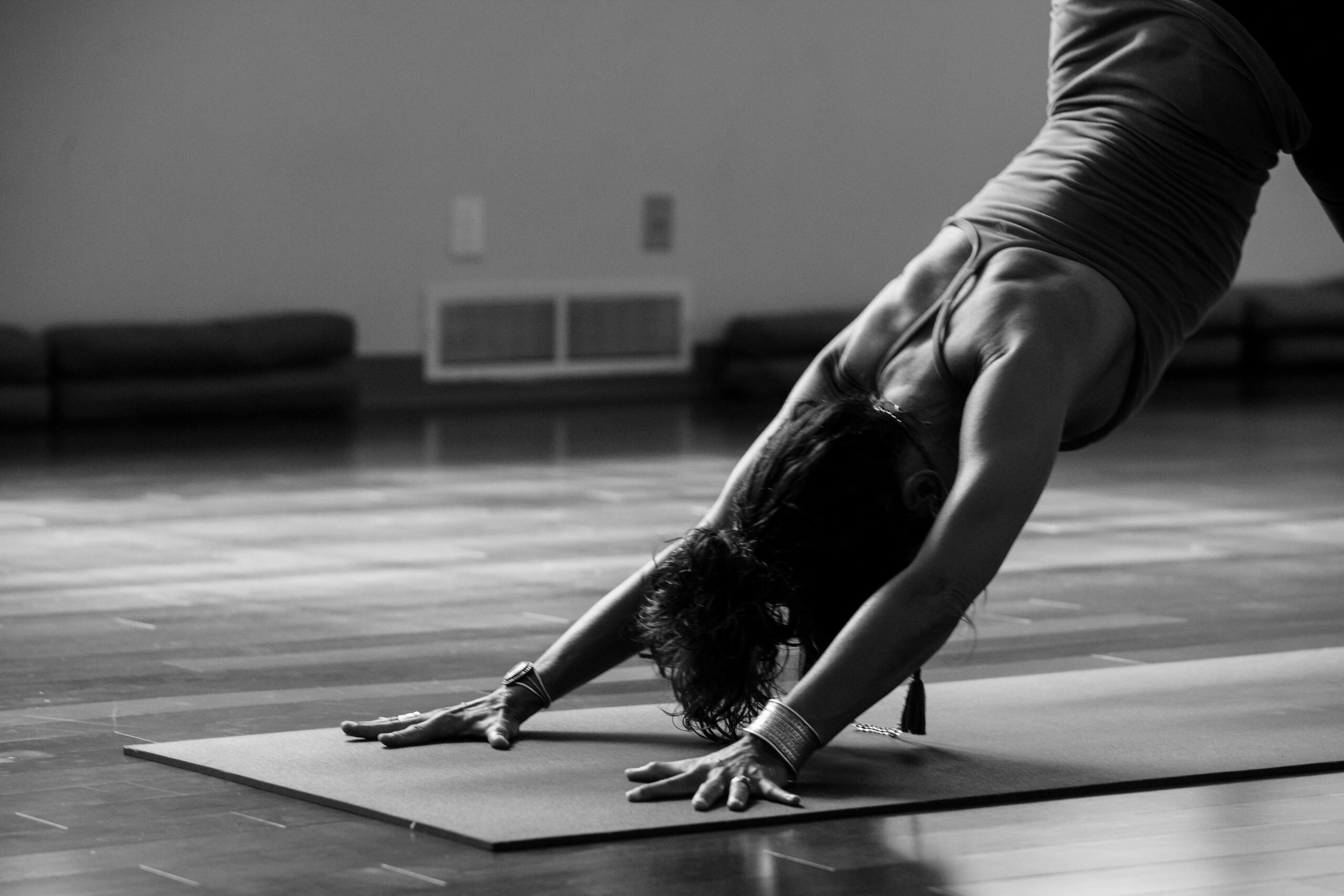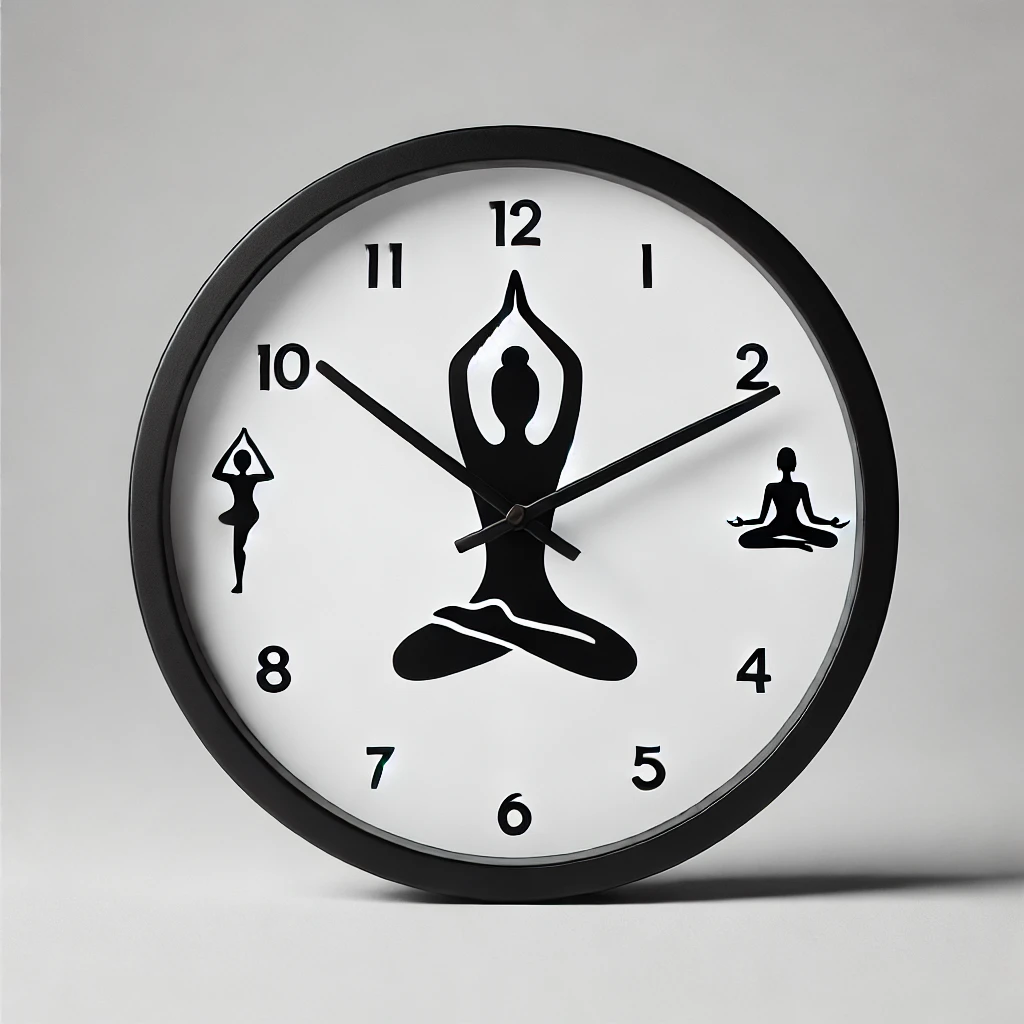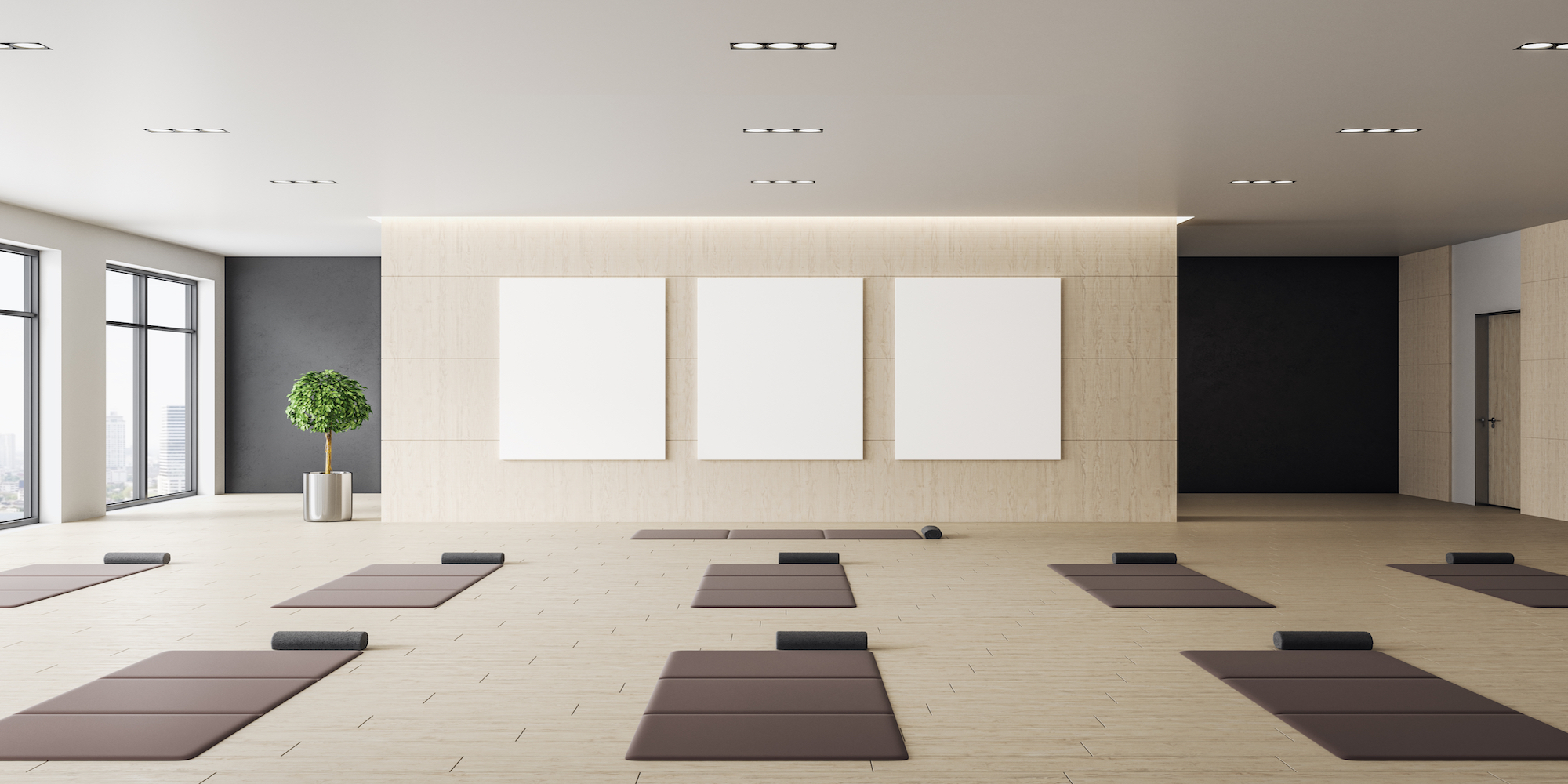Yin Yoga, it’s not just another workout to check off your list. This practice finds its roots in ancient Chinese Taoist philosophy and integrates the principles of traditional Chinese medicine. It’s about slow, deliberate, and mindful movements that focus on stretching and stimulating deep connective tissues like ligaments, joints, and bones. While most forms of yoga tap into your muscles with dynamic sequences (hello, Vinyasa flow), Yin takes a gentler path, holding poses for longer periods, typically between three to five minutes, sometimes even longer.
At its core, Yin Yoga is about balancing the body and the mind. By emphasizing passive postures that ease you into a state of relaxation, it encourages introspection and a deeper sense of awareness. Science backs up these benefits too, shedding light on how practices like Yin Yoga activate the parasympathetic nervous system promoting relaxation, stress reduction, and a greater sense of overall well-being. The mind-body connection is more profound, offering not just physical flexibility but mental clarity and peace.
Now, let’s tackle the Yin versus Yang of it all. Think of Yin and Yang like two sides of a coin. Where Yang energy is all about external, energizing activities (like vigorous exercise), Yin is where you turn inward, embracing stillness and calm. Both are equally important; they complement each other and together they keep you balanced. When you engage in both, you’re essentially serving up a well-rounded experience to your body and mind. It’s not about choosing between them but rather finding harmony within yourself.
When it comes to mental health, Yin Yoga positions itself as a serene refuge in today’s hectic world. Studies and practitioner anecdotes often highlight its effectiveness in reducing anxiety and boosting mood. A session feels like a luxurious, calming spa for your nervous system, which can be like an oasis for someone caught up in the busyness of life. Whether you’re a stressed-out parent, a busy professional, or just someone needing a little peace, Yin Yoga offers a slice of calm in your chaotic day.
Yin Yoga also stands tall beside practices like mindfulness and meditation, creating a beautiful synergy. Each position serves as a mini-meditation session in itself, encouraging practitioners to focus on breath and body awareness. Holding poses for extended periods naturally induces a meditative state, giving you the space to just be. Frequent practitioners report improved focus, patience, and the ability to stay present—which are key elements of leading a mindful life.
The Benefits of Yin Yoga: Beyond Flexibility
Yin Yoga isn’t just stretching for the sake of being flexible. Sure, it gears up your body to become more supple, but the magic happens beyond just the physical transformation. The long, sustained stretches target your fascia and connective tissues, which in turn help you gain better mobility and joint health. People are often surprised how it seems to just melt away stiffness, making the body feel lighter and more at ease.
But it doesn’t stop at the body. Yin Yoga is a powerhouse for emotional well-being. It aids in reducing stress and anxiety by calming the mind and allowing you to tap into a deeper sense of tranquility. Your day-to-day worries start feeling more manageable, and those racing thoughts? They slow down, letting you breathe a little easier.
There’s also a spiritual side to all this. Yin Yoga invites you to explore the spaces between thoughts, helping you deepen that mind-body awareness. This fosters a connection with oneself that can often be overlooked in the hustle of everyday life. For many, this mindful practice becomes a sort of spiritual journey, leading to insights and greater self-compassion.
When you do Yin Yoga, you’re not just lying in poses hoping for enlightenment to zap you. You’re working on enhancing the energy flow within your body. By stimulating the chi, or life energy, you help balance your nervous system and rejuvenate your whole being. It sounds a bit mystical, but regular practitioners report feeling more lively and balanced after their sessions.
Real stories paint the real picture. Talk to someone who swears by Yin Yoga, and you’ll hear about transformations. Like Sarah, who discovered the practice while seeking relief from chronic back pain, only to find that it wove calm and clarity into her daily life. Or John, who found his anxiety significantly reduced after embracing Yin Yoga regularly. These personal experiences are a testament to its transformative power rather than just second-hand hype.
Getting Started with Yin Yoga: A Beginner’s Guide
Jumping into Yin Yoga is like gifting yourself a pocket of peace in a noisy world. Before you start, setting up a calming space can work wonders. You don’t need to transform your living room into a yoga studio. Just clear a little corner, grab a comfy mat, maybe light some candles or incense, and you’re set. The whole idea is to create an inviting space that nudges you inward, away from distractions.
For beginners, it’s all about embracing the journey, not rushing ahead. Some essential Yin poses like Butterfly, Dragon, or Deer are gentle yet effective and don’t demand pretzel-like flexibility. It’s less about how you look in the pose and more about how you feel. The aim is to ease into each pose without forcing, allowing your body to settle and unwind at its pace.
A few things might trip you up initially, but that’s totally normal. Common mistakes like over-stretching or holding your breath can sneak up on you. Listening to your body is key. You’re not earning badges for bravery here—if a pose feels too intense, adjust until it feels just right. Yin is about finding your sweet spot between effort and ease.
Once you’ve dipped your toes in, it’s cool to integrate Yin Yoga into your daily routine. Even carving out just a few minutes daily can replenish your mind and body, like pressing a much-needed reset button. Whether in the morning to start fresh, at lunch to unwind a bit of tension, or at night to help you wind down, playing with different times could reveal what vibes with you.
Looking for where to begin? There’s a wealth of resources out there to guide you. Apps, online videos, or even local classes if you’re more into learning with a group, all offer great content tailored for novice yogis. Think of them as tools to help deepen your practice, making the journey from beginner to a seasoned yogi both fun and fulfilling.

